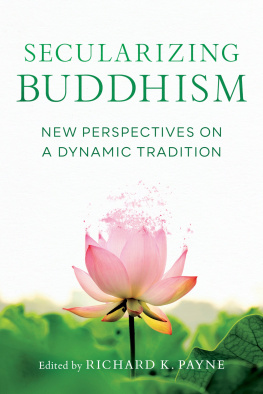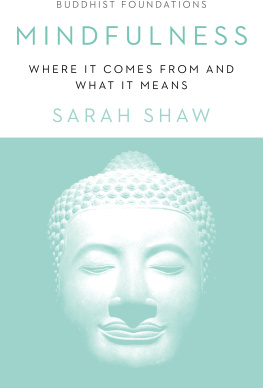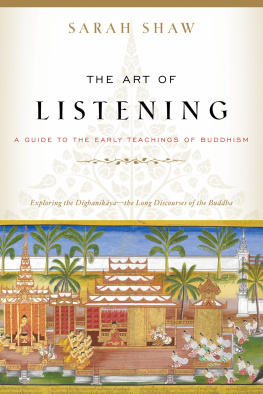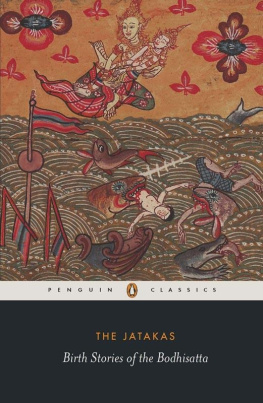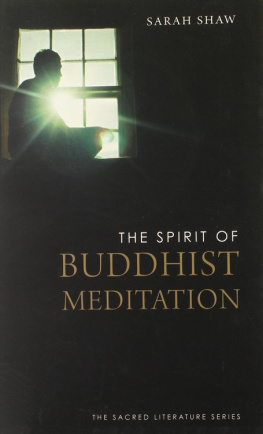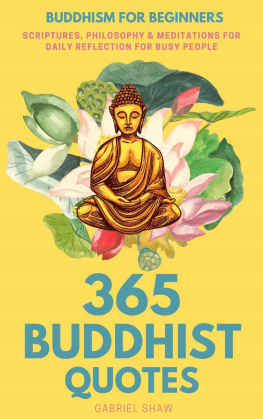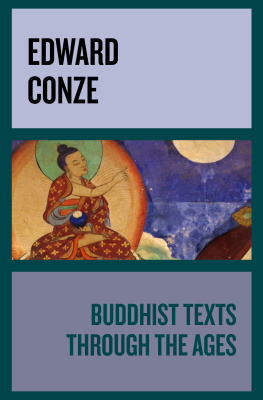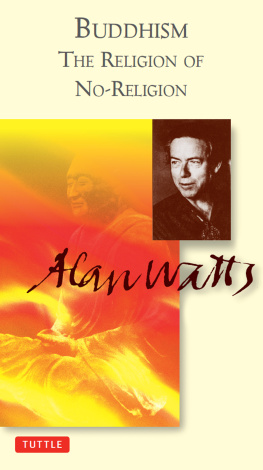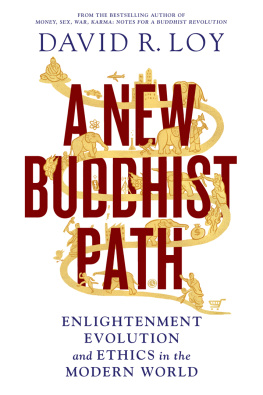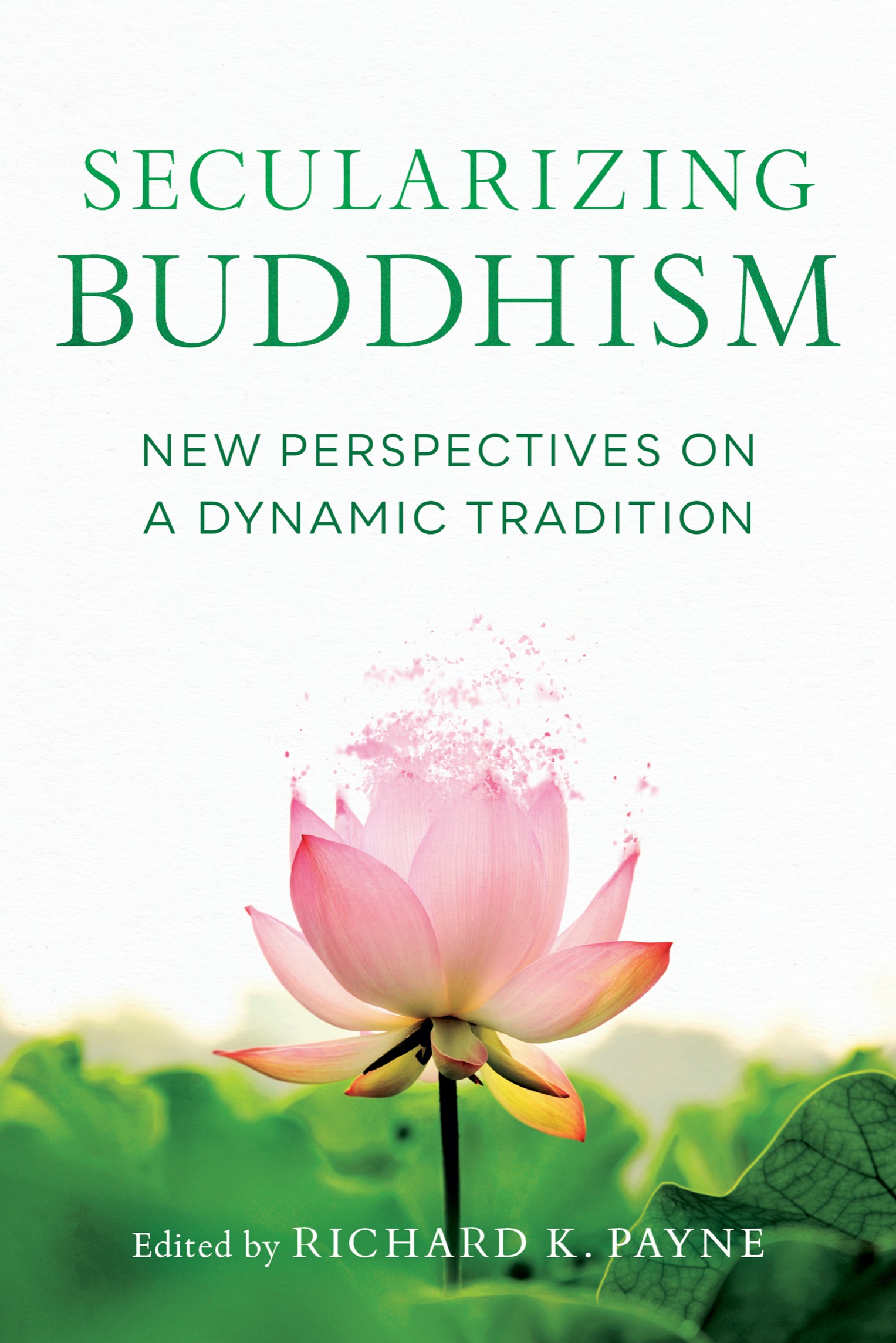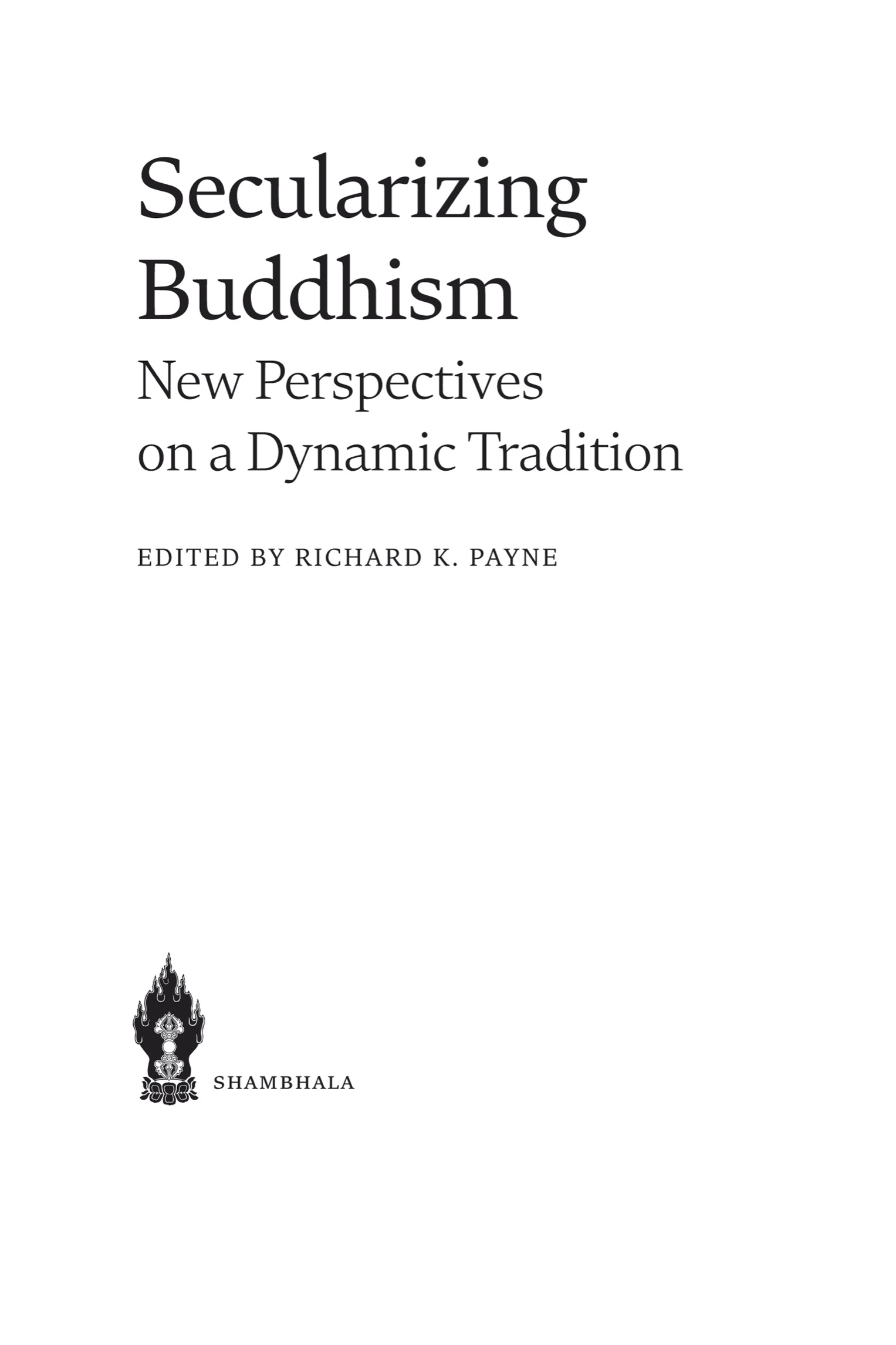Contents
Landmarks
Print Page List
Praise for Secularizing Buddhism
As Buddhadharma and Buddhist practice are transmitted to the West and as Buddhism engages with modernity, Buddhist ideas, practices, and commitments are adapted and transformed. This fascinating collection of essays by some of the leading scholars of contemporary Buddhism explore the complex interaction of Buddhism with the modern world. This volume will be a valuable resource for practitioners, scholars, and anybody interested in the present and future of Buddhism and in the contributions it can make to our world.
Jay Garfield, author of Engaging Buddhism: Why It Matters to Philosophy
This volume provides a much-needed critical treatment of the multiple secularizing Buddhism processes and projects underway in global Buddhism. Exploring a range of contexts from the Pli canon to Pure Land Buddhism, the museum to the mindfulness movement, these authors clearly illuminate the complicity between secularization and colonialism, racism, and neoliberalism. Secularizing Buddhism makes two important intellectual and ethical interventions: It identifies the ethnocentric, racialized violence that occurs when the secular is constructed as binary other and developmentally superior to the religious. It also suggests how the relationship between the two can be reconfigured in more fluid, dynamic, and context-sensitive ways.
Ann Gleig, author of American Dharma: Buddhism Beyond Modernity
Utilizing but not bound by slippery dichotomies such as secular versus religious, modern versus traditional, and West versus Easttaking them instead as semiotic pairs or, to use a more traditional Buddhist concept, as nondualthe essays in this fine collection explore various facets of Buddhism in contemporary society. From mindfulness in the schools to Buddhist art in museums, from controversies over rebirth to immanent Buddhism and more, Secularizing Buddhism provides a thoughtful mosaic of our ever-evolving situation.
Paul L. Swanson, author of Nanzan Guide to Japanese Religions
Shambhala Publications, Inc.
2129 13th Street
Boulder, Colorado 80302
www.shambhala.com
2021 by Richard K. Payne
Manifesting the Buddha Dharma in a Secular Age by Bhikkhu Bodhi was previously published in Buddhism in Dialogue with Contemporary Societies, edited by Carola Roloff, Wolfram Weie, and Michael Zimmermann. Religions in Dialogue, vol. 17. Muenster, Germany: Waxmann Verlag, 2020.
Image on .
Image on : Unidentified artist. Standing Buddha, c. 12th century. Wood, 257/16 8 43/16 in. (64.6 20.3 10.6 cm). Ackland Art Museum, University of North Carolina-Chapel Hill. Gift of Ruth and Sherman Lee, 2003.35.4.
Cover art: caoyu36/iStock
Cover design: Daniel Urban-Brown
Interior Design: Michael Russem
All rights reserved. No part of this book may be reproduced in any form or by any means, electronic or mechanical, including photocopying, recording, or by any information storage and retrieval system, without permission in writing from the publisher.
For more information please visit www.shambhala.com.
Shambhala Publications is distributed worldwide by Penguin Random House, Inc., and its subsidiaries.
LIBRARY OF CONGRESS CATALOGING-IN-PUBLICATION DATA
Names: Payne, Richard K., editor.
Title: Secularizing Buddhism: new perspectives on a dynamic tradition / edited by Richard K. Payne.
Description: First edition. | Boulder, Colorado: Shambhala, [2021]
Identifiers: LCCN 2020022579 | ISBN 9781611808896 (trade paperback)
eISBN 9780834843721
Subjects: LCSH : Buddhism and secularism.
Classification: LCC BQ 4570. S 43 S 43 2021 | DDC 294.3/37dc23
LC record available at https://lccn.loc.gov/2020022579
a_prh_5.7.0_c0_r0
Contents
SARAH SHAW
DAVID L. MCMAHAN
FUNIE HSU
PAMELA D. WINFIELD
CHARLES B. JONES
KATE CROSBY
BHIKKHU BODHI
PHILIPPE TURENNE
RON PURSER
KATHLEEN GREGORY
ROGER R. JACKSON
GIL FRONSDAL
RICHARD K. PAYNE
Editors Introduction
The title of this volume intentionally avoids an artificial opposition between secular and religious Buddhism. Instead, this collection of essays explores a secularizing processin other words, an action rather than a fixed object. Framing different approaches to Buddhism in this way dissolves many of the problems, or pseudo-problems, created when two seemingly mutually exclusive categories are applied. Perhaps the most challenging issue is the question of how to define secular and religious, and then attempting to determine which instance of Buddhism fits into which category. Does having regular Sunday morning meetings with chanting make a Buddhist group religious? Why more so than regular Thursday evening meetings with meditation? The realities of Buddhist views, practices, communities, and institutions are much more complex than what such a dichotomy can usefully reflect.
Matching secularizing, we also introduce the concept of traditionalizing. While some groups movewhether by agreement or by unspoken consenttoward greater degrees of secularity, others do the same but in the opposite direction toward tradition. At this point, secular and traditional can be understood as two ends of a range, along which any particular Buddhist group might be located at any particular time. The final qualification, at any particular time, reflects another complicating factor for understanding this development of Buddhism in the twenty-first century. No group is static, and attempts to keep it from changing can result in tensions and misrepresentations, both personal and institutional.
There are three pairs of matching categories that are considered in this collection: (1) secular and religious, (2) modern and traditional, and (3) Eastern and Western. None of the six concepts involved in these pairings have an objective referent. There are no objects that one can point to and say this is religion and that is secularity, or this is tradition and that is modern, or this is Eastern and that is Western. At best one can engage in stipulative definitionsthat is, pointing at something as an instance of what one means by the categorythough that is itself fraught with intellectual challenges. What is one pointing to when one points to the Catholic Church as an instance of religion? And, to highlight the difficulty, what is one pointing to when one points to a Catholic church as an instance of religion?
The process of understanding something unfamiliar necessarily works on the basis of existing understanding. Generally what happens is that the characteristics of a familiar category are extended to the new, unfamiliar category by analogythough vanishingly rarely in the self-conscious manner of a formalized argument by analogy such as these:
Catholicism and Buddhism are alike.
Catholicism is a religion.
Therefore, Buddhism is a religion.
And in doing so, there are unlimited opportunities for more specific characteristics of one to be attributed to the other on the basis of the analogy.
Catholicism and Buddhism are religions.
Catholicism teaches priestly poverty.
Therefore, Buddhism teaches monastic poverty.

